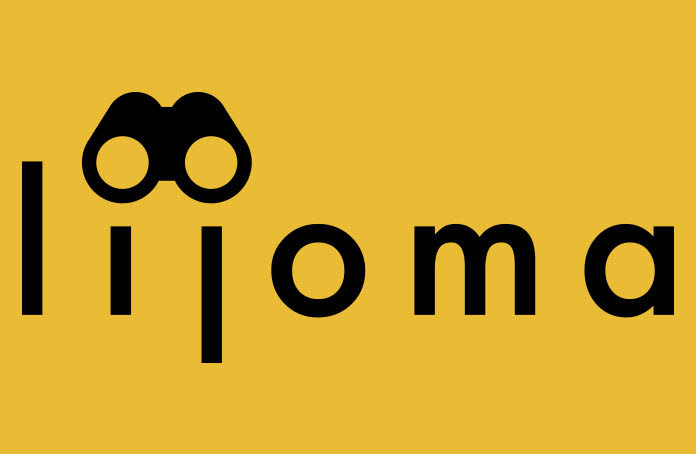FACT FILE
CAPITAL Rabat
POPULATION 33.66 million
LANGUAGE Arabic, Berber, French
TIME ZONE GMT-1 (GMT October to March)
CURRENCY Dirham (dh)
ELECTRICITY 220v 50Hz
FLAG
Red represents the Prophet Mohammed; the green pentacle, known as the Seal of Solomon, represents the five pillars of Islam
FLIGHTS TO MOROCCO
From the UK, British Airways and Royal Air Maroc fly daily from Gatwick to Marrakesh (which is where our Big Trip itinerary starts from); Ryanair flies to Marrakesh daily from Stansted and several times weekly from London Luton and Liverpool; and easyJet flies to Marrakesh from Gatwick, Stansted, Bristol, Manchester and Glasgow.
From Ireland, Ryanair flies to Marrakesh twice weekly (Thursday & Sunday) from Dublin.
From the US, you'll have to fly to Morocco via the UK, Spain (with Iberia) or Germany (Lufthansa), or take Royal Air Maroc’s direct flight to Casablanca from New York and hop onto an internal flight there.
From Canada, your best bet is to fly to Marrakesh via Paris with Air France (from Toronto) or Casablanca with Royal Air Maroc (Montreal), or with Air Canada or Air Transat to Paris (from Toronto and Quebec) and then take a connecting easyJet flight from there.
You can search for the most convenient routes and the best fares at Skyscanner. Flight times are around 3 hours 30 minutes from London to Marrakesh Menara (RAK), 3 hours 45 minutes from Dublin.
VISAS AND PASSPORTS
For stays of up to 90 days, UK, Irish, US and Canadian citizens do not require a visa to visit Morocco. Your passport needs only to be valid for the duration of your stay. Entry requirements do change, so check the latest with your relevant Moroccan consulate.
HEALTH AND SAFETY IN MOROCCO
Technically, you don’t need any immunisations to travel in Morocco, but make sure that you're up to date with all of the vaccinations that are part of the routine childhood immunisation programme in Britain (ie diphtheria, tetanus, polio). If you’re going to be in Morocco for a while and/or in areas with poor sanitation (highly unlikely on most family holidays!), you may also be advised to have jabs for hepatitis A and typhoid, and possibly rabies. Remember to check with your GP at least six weeks before you travel, and make sure you take out sufficient travel insurance for your trip.
The most common problem is an upset tummy, the risk of which can be reduced by practising good hygiene (applying hand gel fairly regularly helps) and taking sensible precautions with food and water. Outside the south, tap water is technically fine to drink, but it’s better to play it safe side and drink bottled water – though check that the seal hasn’t been broken. If you do get diarrhoea, stick to plain couscous for a few days and treat with rehydration salts. If you have food allergies, it’s a good idea to carry a dietary card; these explain (in Arabic) the food(s) you’re allergic to and and also remind the chef that their dishes can also be contaminated during preparation as well. Protect yourselves from the sun and make sure that everyone drinks plenty of water. Bilharzia, a parasitic infection, is present in the south, so don’t swim or paddle in rivers or oases there.
The British Foreign and Commonwealth Office (FCO) recently updated its travel advice to reflect an increased threat of terrorism in Morocco, due to the number of Moroccans sympathetic or belonging to Daesh and other extremist groups. To put this into context, the country is now on the same threat level as the UK.
You may experience some hassle in Marrakesh, but it's much less likely if you've got young children in tow. Even then, though, this usually only amounts to a street-smart kid trying to earn a few dirhams by enlisting themselves as your unofficial guide; a few polite but firm “No, thank you”s, delivered with a smile, is normally enough for them to lose interest.
GETTING AROUND MOROCCO
The easiest way of travelling around Morocco with a family is to hire a car (you drive on the right). Auto Europe compares the best rates between half a dozen car-rental companies that between them have pick-up locations at Marrakesh Airport and in the Ville Nouvelle. Unless you thrive on near misses, it’s best to avoid driving in Marrakesh, but roads are fairly quiet outside of the big cities, and having your own car will obviously give you much more control over your itinerary. The speed limit is 100kph, 60kph in urban areas. If you’re driving anything other than a 4x4, you should steer clear of pistes (unpaved roads that you'll find in the Atlas and in the south), and some rental companies may not cover you if you drive on them anyway – note, though, that you won’t need to do any piste driving on our Big Trip itinerary. On mountain passes, be aware of flash floods in seemingly dry riverbeds during spring. And fill up when you can – you don’t want to run out of petrol in the middle of the desert.
Buses are generally fairly reliable, though you’ll have a quicker and more comfortable journey on one of the services run by CTM or Supratours. Quicker still are shared taxis or grands taxis, which ply set routes from designated terminals and could be an option for more adventurous families. The driving can be erratic and you’ll be squashed in (grands taxis take six passengers), making it virtually impossible to wear a seatbelt, but it can be a fun way of meeting the locals. For longer journeys in town, use metered petits taxis; note that fares increase by 50 percent after 8pm.
GIVING SOMETHING BACK
Moroccan Children’s Trust British charity dedicated to helping street children and vulnerable families in southern Morocco.
SPANA Global charity that provides veterinary care and monitors the welfare of Morocco’s two million working donkeys, mules and horses.




